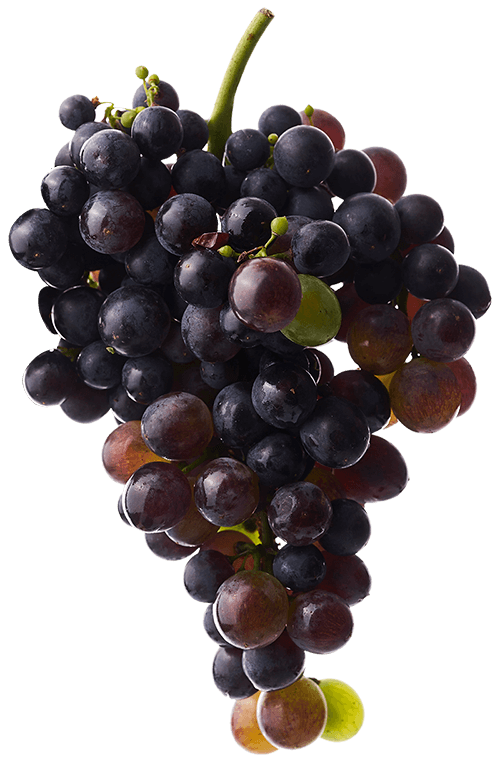- Wines
- 3 Years Old - Dry
- 3 Years Old - Medium Dry
- 3 Years Old - Medium Rich
- 3 Years Old - Rich
- 5 Years Old - Dry
- 5 Years Old - Medium Dry
- 5 Years Old - Medium Rich
- 5 Years Old - Rich
- 10 Years Old - Rich
- 10 Years Old - Dry
- Vintage 20 years - Sweet
- Harvest 2007 - Medium Rich
- Harvest 2008 - Medium Dry
- Harvest 2012 - Medium Dry
- Tinta Negra 1995 - Rich
- Tinta Negra 1996 - Rich
- Tinta Negra 1997 - Rich
- Tinta Negra 1998 - Rich
- Tinta Negra 1999 - Rich
- Tinta Negra 2000 - Rich
- Cocktails
- Drinking & Eating
- Terroirs & Tinta Negra
- Where to buy & drink
- Contact Us
+351 291 740 100 | Marketing: marketing@madeirawinecompany.com | Customer Service: custserv@madeirawinecompany.com
Terroirs & Tinta Negra
The island of Madeira, of volcanic origin, was discovered in 1419 by the Portuguese Captain, João Gonçalves Zarco, and is an archipelago composed of two inhabited islands – Madeira and Porto Santo – and two small uninhabited islets, the Desertas and the Selvagens. Madeira’s location in the Atlantic made it an important strategic port of call which led to the rapid expansion of the island’s wine, especially in countries such as the United States of America. It was so popular in the USA that in the 18th century, Madeira wine is reported to have represented over 75% of all wine imported into this market.
The archipelago is situated at 32º 38’ latitude north and 16º 54’ longitude west, about 1100kms off the coast of Portugal, and 590 kms off the coast of Morocco. The total area of the island is 741 kms2, of which the vineyards occupy about 490 hectares.
The island relief is steep and a mountain range that climbs up to 1.862m (6.109Ft) in altitude above sea-level – the highest peak is Pico Ruivo – runs the length of the island, virtually dividing it in two, and causing 7 different micro-climates that have a determining effect on where the vineyards are planted.
Terroir(s)
Madeira is rich and diverse in terroirs. As a volcanic island in the middle of the Atlantic Ocean, the vineyards are exposed to the ocean breeze and the grapes from vineyards planted at lower levels can show saline and iodine notes.The soils are acidic, rich in mineral, iron and phosphor, and poor in potassium, which all contribute to the trademark acidity of the wine. In fact, the acidity is one of the most remarkable assets of the wines, allowing this unique wine to keep fresh even after having been bottled for many years.
Irrigation is provided by an ancient system of canals called “levadas” that brings water from the mountains down to the agricultural plots, until the ocean.
PDO Madeira

Grape Variety
It is therefore likely that this variety was introduced from Andalucia to the Canaries and to Madeira in or before the 18th century.
Here it was given the name Negramoll or (Tinta) Negra Mole (officially Tinta Negra since 2000), based on the old Andalusian synonym of Mollar Negro.
Under the name Tinta Negra Mole, the variety dominates on Madeira. According to official statistics there were just 277 hectares in 2009, cultivated in Funchal and Câmara de Lobos in the south and São Vincente in the north. It is by far the most widely planted varietal on the island and represents between 80-85% of all wine produced on Madeira. (The second is verdelho with 47 ha).
This dominance was particularly marked when phylloxera hit the island in 1872, when growers preferred to plant the more robust dark-skinned Tinta Negra Mole, rather than the light skinned white varietals.














